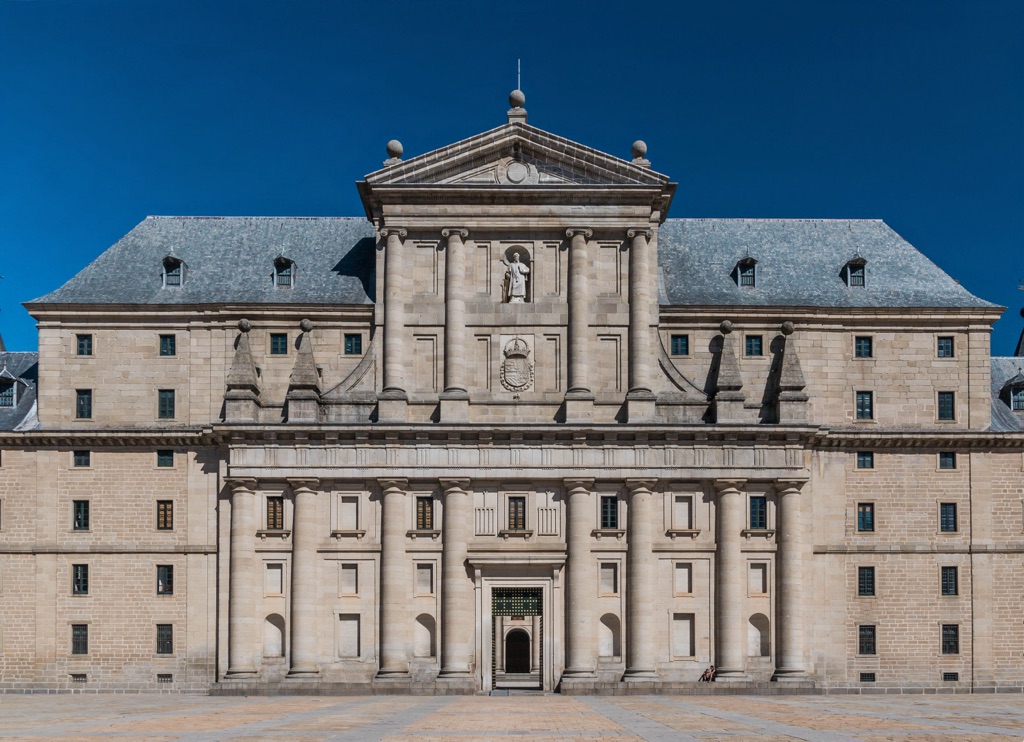Spain, a country rich in history and culture, is home to an array of ancient sites and historical places that span thousands of years, from prehistoric times through the Roman Empire, the Middle Ages, and into the modern era. These sites not only offer a glimpse into the diverse civilizations that have flourished on the Iberian Peninsula but also showcase the architectural, artistic, and cultural achievements that have influenced the world. From the enigmatic stone structures of pre-Celtic peoples to the grandeur of Roman aqueducts, the intricate beauty of Islamic palaces, and the formidable fortresses of the Reconquista, Spain’s historical sites are as varied as they are awe-inspiring. Each monument and ruin tells a story, offering visitors a chance to step back in time and experience the legacy of the many peoples who have made Spain their home.
Get your dose of History via Email
Alhambra
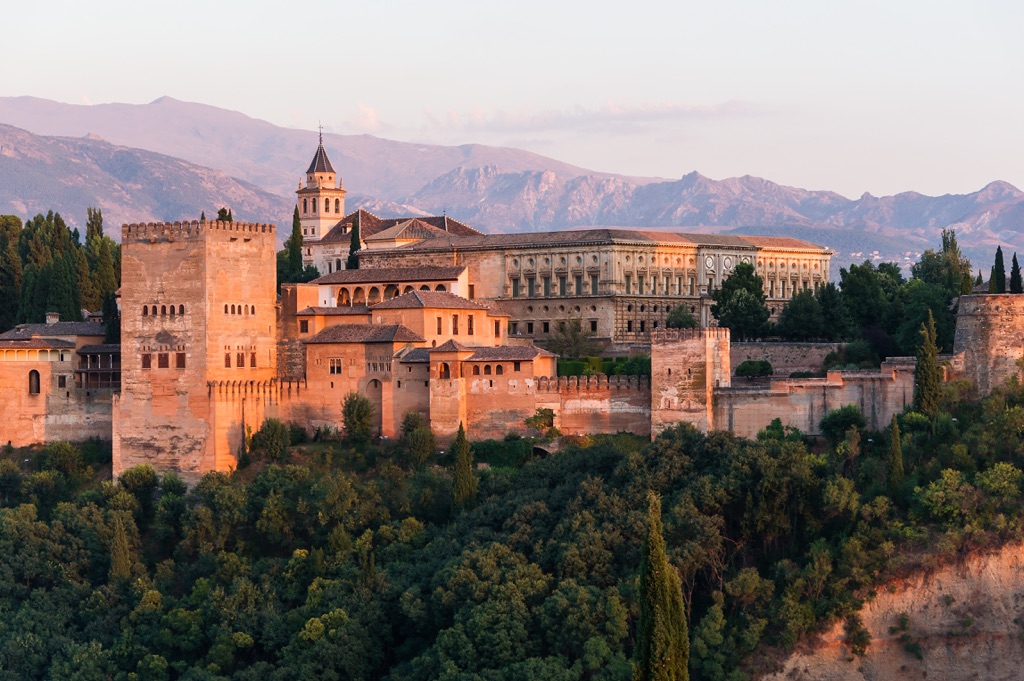
The Alhambra stands as a majestic testament to Moorish culture in Spain. It’s a fortress complex built in AD 889 and later converted into a royal palace in AD 1333. The site is renowned for its intricate Islamic art and architecture. Notable features include the Court of the Lions and the Generalife gardens. The best time to visit is during spring or fall to avoid the scorching summer heat. There’s an entrance fee, and booking tickets in advance is wise due to high demand.
Segovia Aqueduct
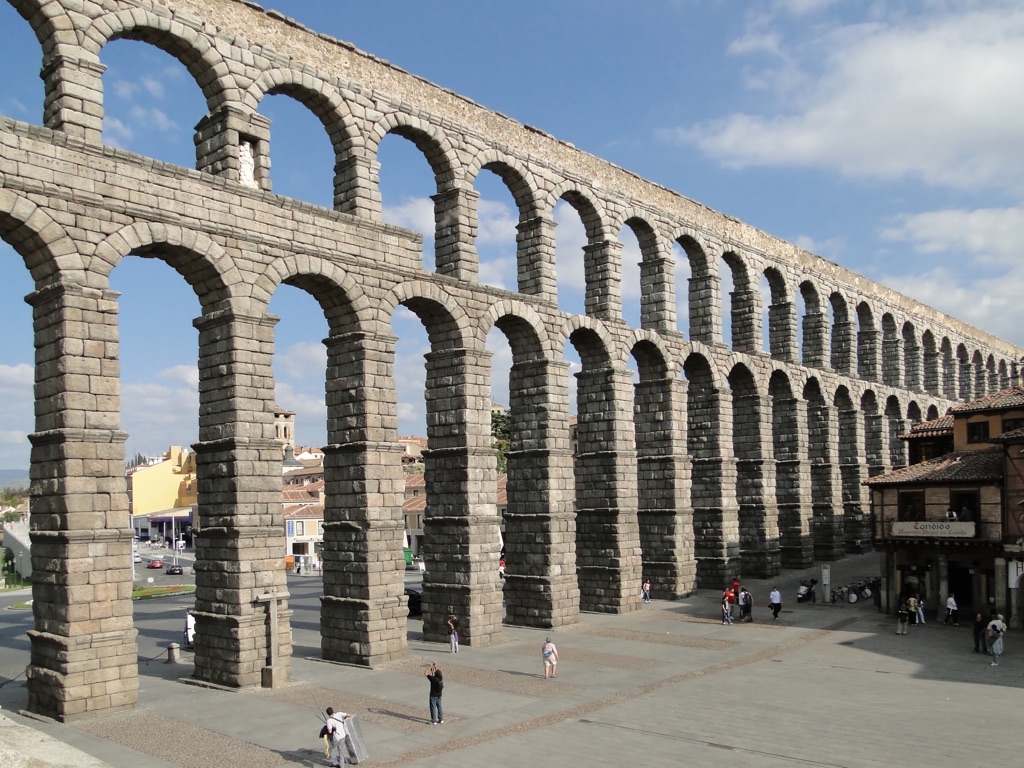
Built by the Romans in the 1st century AD, the Segovia Aqueduct is an engineering marvel. It’s one of the best-preserved monuments left by the Romans in Spain. The aqueduct’s double arches are a key architectural feature. They have stood the test of time and continue to dominate the cityscape. Early morning or late afternoon are ideal times to visit for the best light for photos. There is no entrance fee to view the aqueduct.
Mezquita of Córdoba
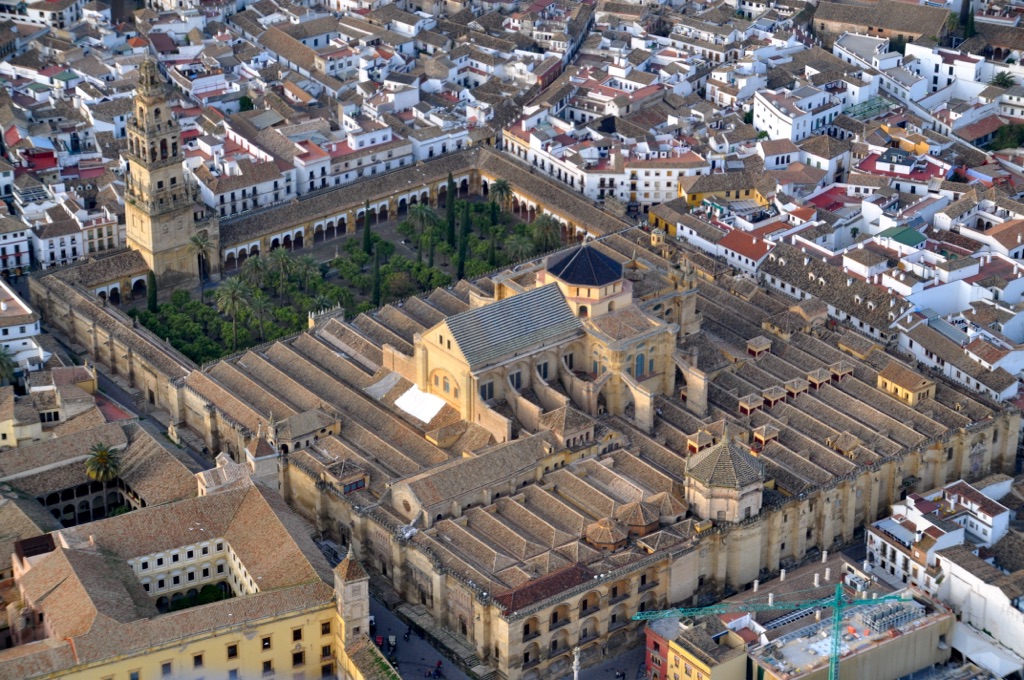
The Mezquita, or Great Mosque, of Córdoba, was originally built in AD 784. It’s a stunning example of Islamic architecture with later Christian additions. The hypostyle hall with its forest of columns and the ornate mihrab are significant features. The best time to visit is during the week to avoid weekend crowds. There is an entrance fee, with free entry available during early morning hours on certain days.
El Escorial
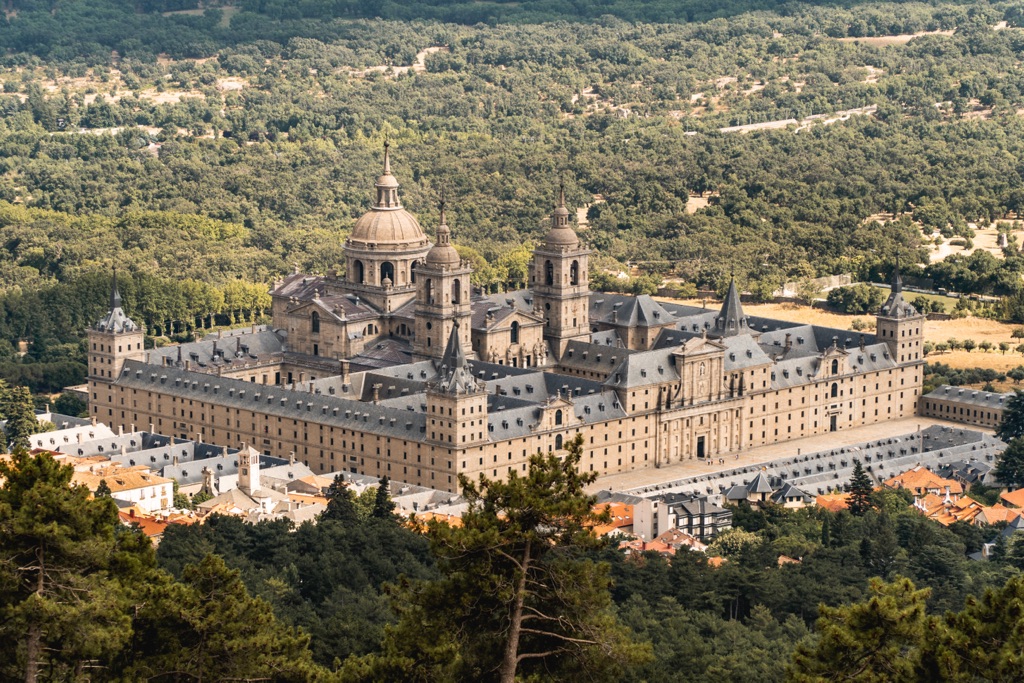
El Escorial is a historical residence of the King of Spain, built between AD 1563 and 1584. It served as a monastery, royal palace, museum, and school. The site is significant for its Renaissance architecture and the Royal Pantheon. The best time to visit is in the spring or fall. There is an entrance fee, and free entry is available on certain days.
The Roman Theatre of Mérida
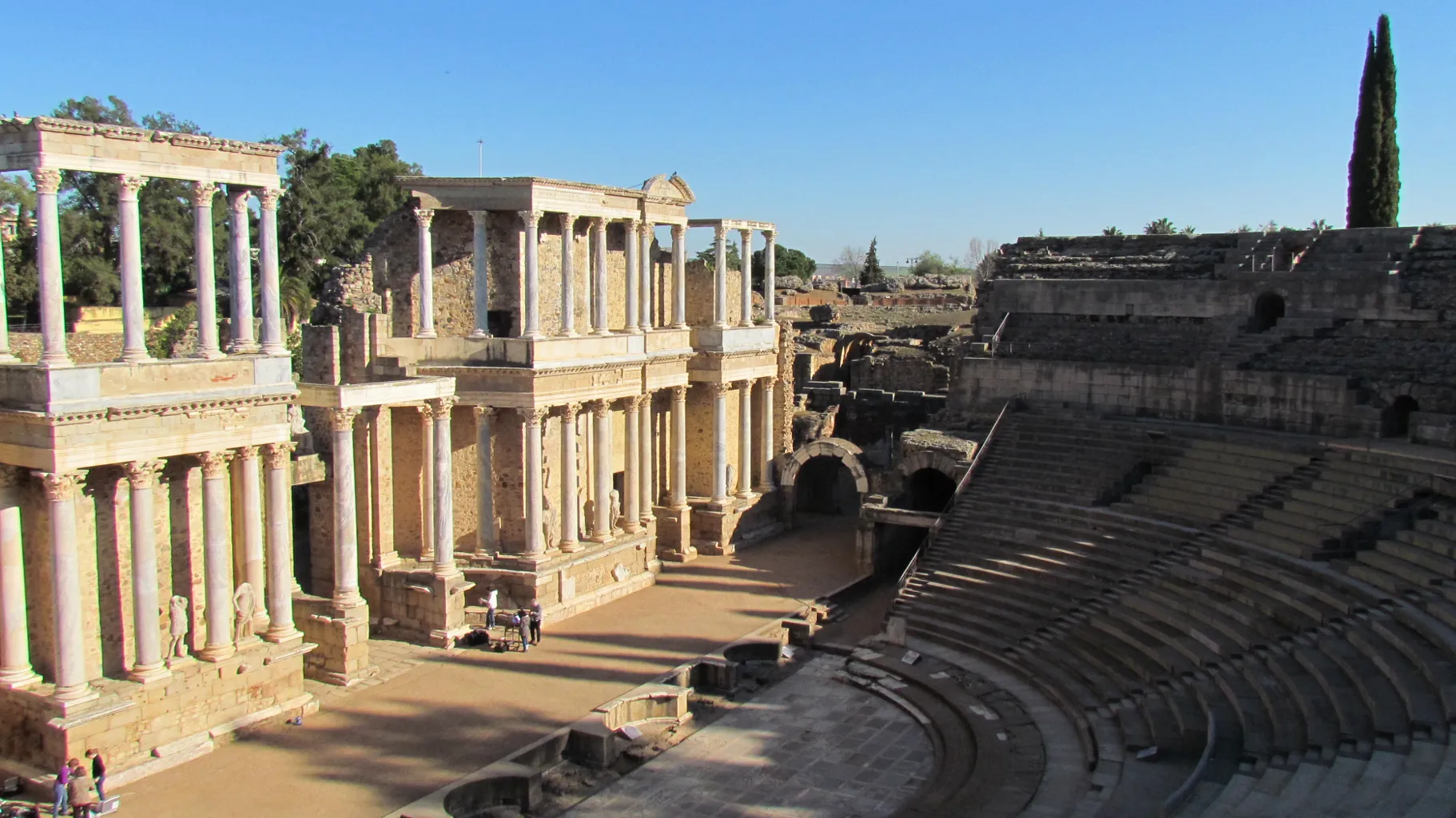
The Roman Theatre of Mérida is a UNESCO World Heritage site, built in 15-16 BC. It’s significant for being one of the largest and most extensive Roman theatres in existence. The theatre’s grandeur and the annual Mérida Classical Theatre Festival are key attractions. The best time to visit is during the festival in summer, although it’s also beautiful in spring. An entrance fee is required.
Alcázar of Seville
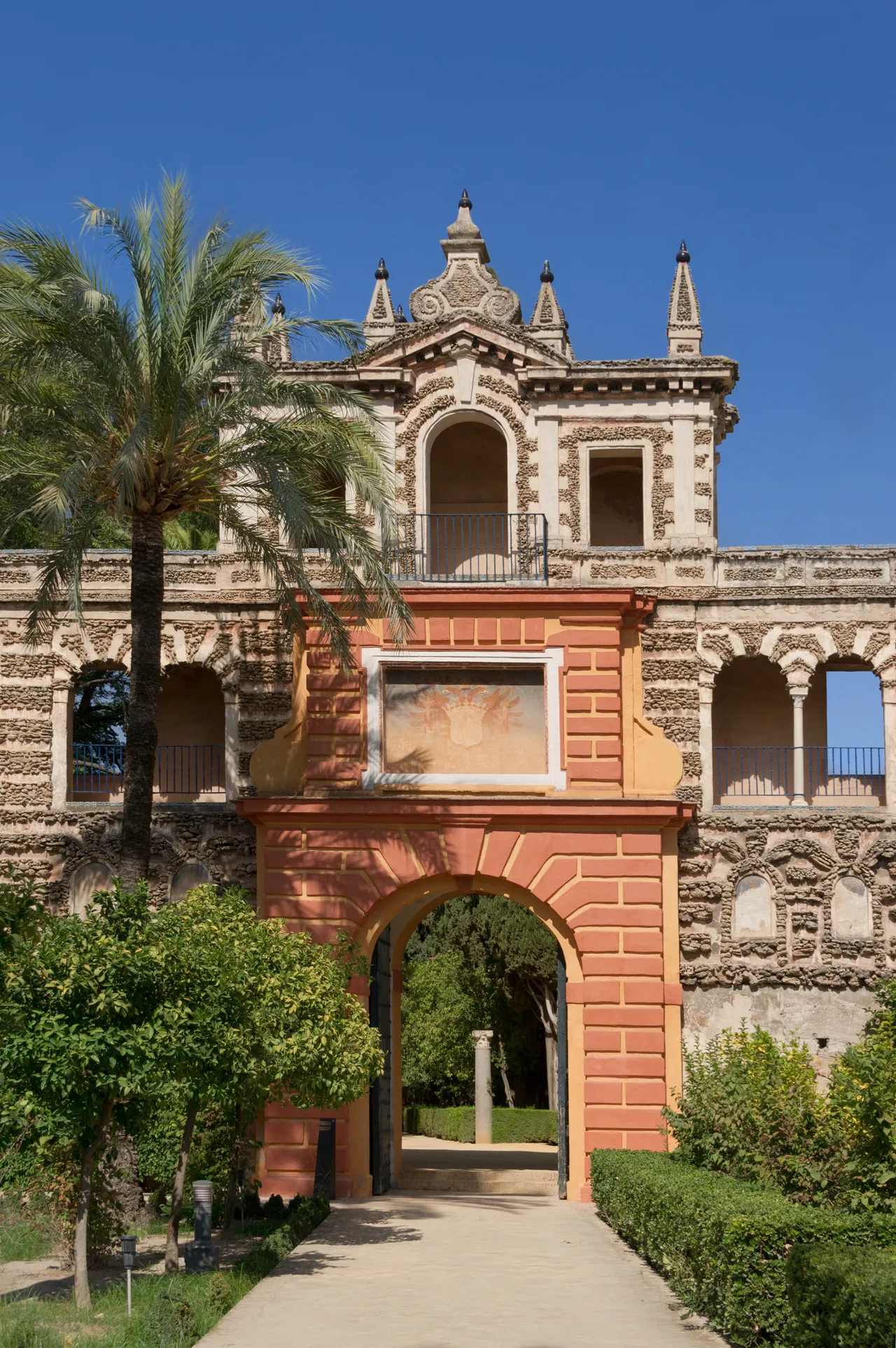
The Alcázar of Seville is a royal palace originally developed by Moorish Muslim kings in AD 913. It’s renowned for its Mudéjar architecture, which is a blend of Christian and Islamic styles. The palace gardens are a highlight. The best time to visit is in the spring or fall. There is an entrance fee, and it’s recommended to book tickets in advance.
Guggenheim Museum Bilbao
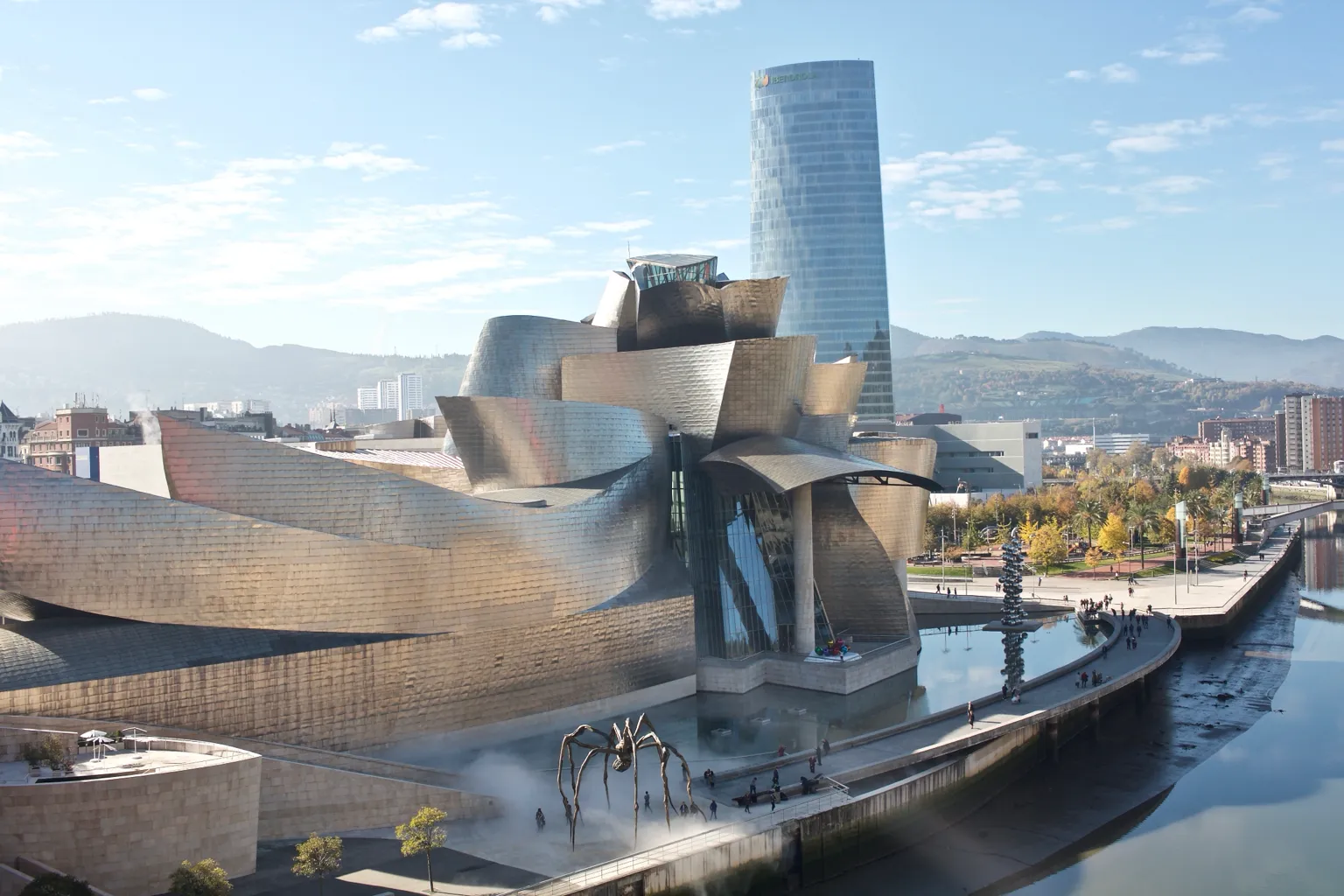
Though not ancient, the Guggenheim Museum Bilbao is a significant site, opened in 1997. It’s famous for its modern and contemporary art collections and its innovative deconstructivist architecture. The titanium-clad structure is a key feature. The best time to visit is on weekdays to avoid crowds. There is an entrance fee, and free entry is available on select days.
The Walls of Ávila
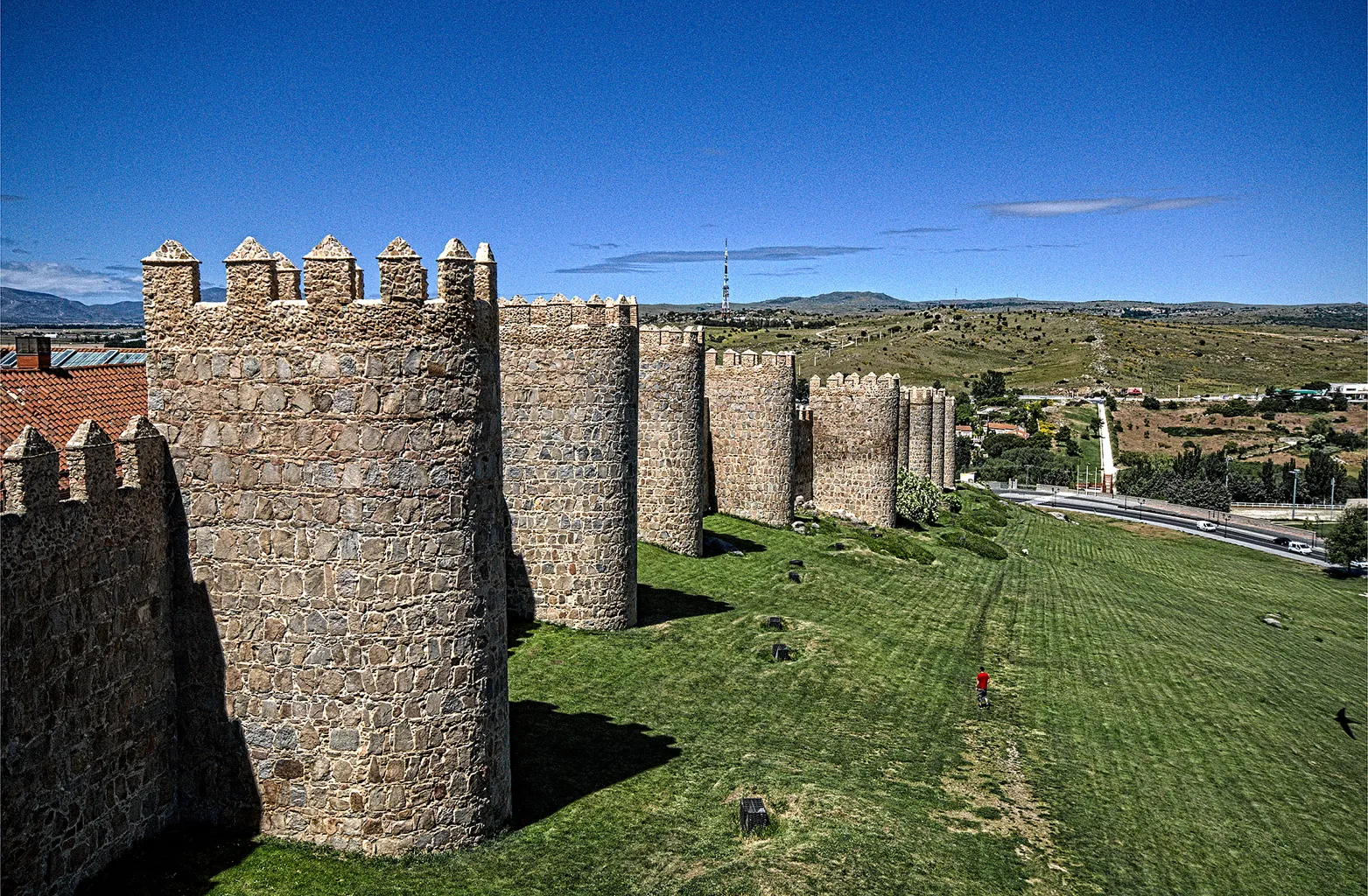
The Walls of Ávila are a medieval fortification built around the 11th century AD. They are significant for being one of the best-preserved medieval ramparts in Spain. The walls’ nine gates and 88 towers are notable features. The best time to visit is during the spring or fall. There is a small entrance fee to walk on top of the walls.
La Sagrada Familia
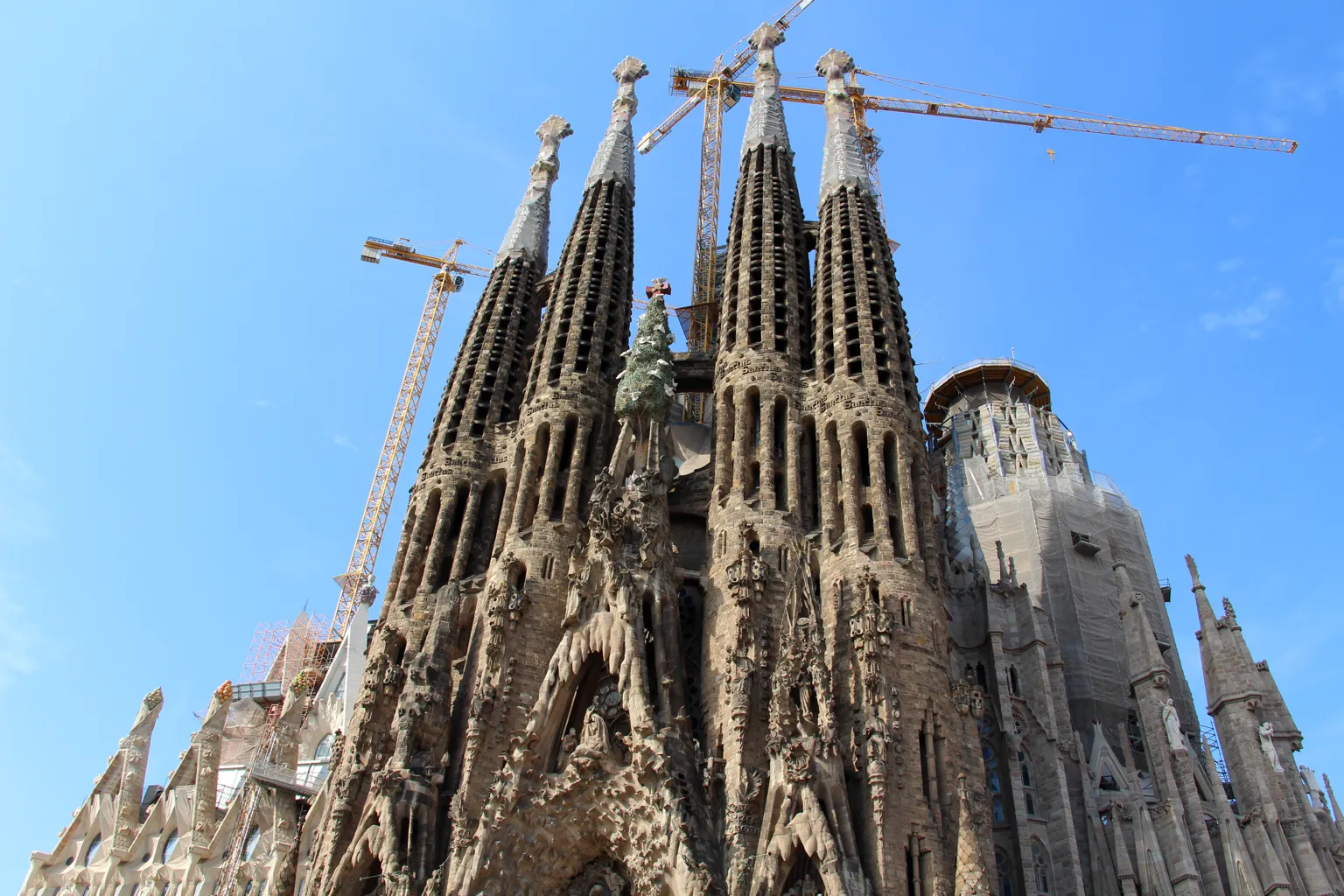
La Sagrada Familia is a large unfinished Roman Catholic basilica in Barcelona, with construction beginning in AD 1882. Designed by Antoni Gaudí, it’s significant for its Gothic and Art Nouveau forms. The nativity façade and the towers are key features. The best time to visit is on weekdays. There is an entrance fee, and booking in advance is essential.

